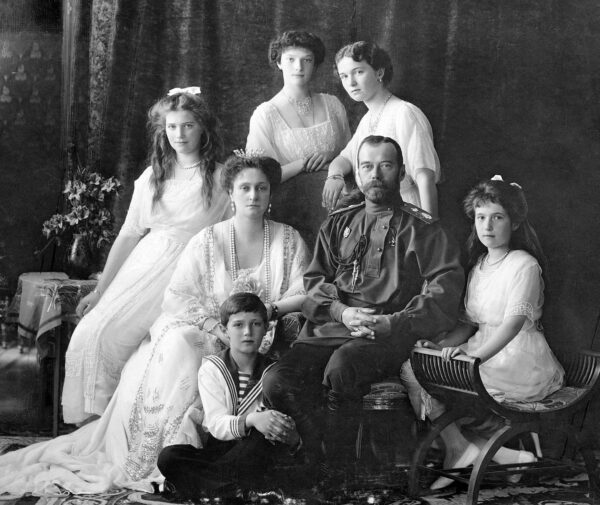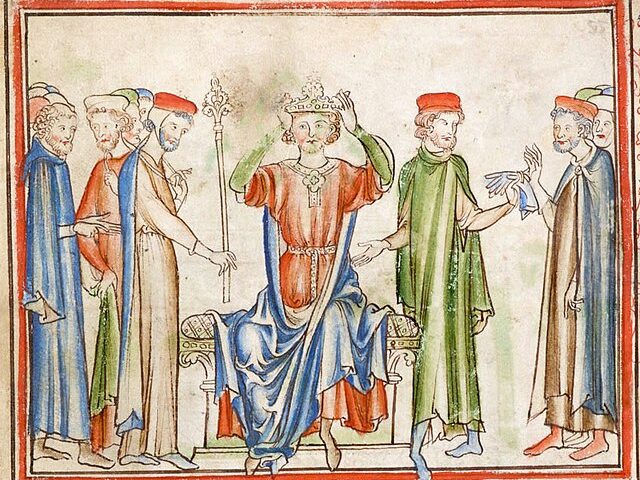The execution of Tsar Nicholas II on July 17, 1918, changed the course of history, symbolizing the definitive end of the Romanov dynasty and the old imperial order in Russia and ushering in the Soviet Union. The event, shrouded in mystery and controversy, occurred in the basement of the Ipatiev House in Yekaterinburg, where Nicholas, his family, and a few loyal attendants were held captive by Bolshevik forces.
By 1917, Tsar Nicholas II had abdicated the throne in the wake of the February Revolution, which led to the establishment of a provisional government. However, the provisional government struggled to maintain control, and the Bolsheviks, under the leadership of Vladimir Lenin, seized power during the October Revolution. Nicholas and his family were initially placed under house arrest in the Alexander Palace but were later moved to Tobolsk in Siberia as the political situation deteriorated.
The Bolsheviks perceived the Romanovs as a potential rallying point for anti-Bolshevik forces, particularly the White Army, which opposed Bolshevik rule in the ensuing Russian Civil War. As the White Army advanced towards Yekaterinburg, where the Romanovs had been relocated, the decision to execute the family was made by the Ural Regional Soviet. This decision was partly influenced by the fear that the approaching White forces might liberate the Tsar and use him as a figurehead to unite opposition against the Bolsheviks.
In the early hours of July 17, 1918, the Romanovs were awakened and told to dress quickly, with the pretense that they were being moved to a safer location due to the advancing White Army. They were led to a small basement room, where they were arranged as if for a photograph. Yakov Yurovsky, the chief executioner, read out a brief statement declaring that the Ural Soviet had decided to execute them. Nicholas II, reportedly only able to utter “What?” or “What does it mean?”, was quickly silenced as the executioners opened fire.
The scene in the basement was chaotic and brutal. The initial volley of bullets did not kill all the victims, leading to further rounds of gunfire and the use of bayonets. The young Romanov children, particularly the daughters, had sewn jewels into their clothing, which acted as a form of armor and prolonged their suffering. It took approximately 20 minutes to ensure that all the victims were dead. The bodies were then transported to a nearby forest, where they were initially hidden in a mineshaft before being more permanently buried in a secret location.
The execution was kept secret by the Bolsheviks for some time, leading to rumors and speculation about the fate of the Romanovs. It was only in 1926 that the Soviet government officially acknowledged the deaths, but the full details remained obscured. The discovery of the burial site in 1979 and subsequent exhumation and identification of the remains in the 1990s provided conclusive evidence of the family’s fate. However, the remains of two of the children, believed to be Alexei and one of his sisters, were not found until 2007.
The execution of Nicholas II and his family had profound implications for Russia and the world. It revealed the ruthless determination of the Bolsheviks to eliminate any potential threats to their power and marked the brutal end of more than three centuries of Romanov rule. For many, it underscored the revolutionary regime’s capacity for violence and repression.
In post-Soviet Russia, the Romanov family has been rehabilitated to a significant extent, and they were canonized as martyrs by the Russian Orthodox Church in 2000. This act of canonization reflects a broader reassessment of the Romanov legacy in Russian history, as well as an acknowledgment of the suffering endured by the family during their final days. The Ipatiev House, the site of their execution, was demolished in 1977, but the Church on the Blood was later built on the site to commemorate the Romanovs’ martyrdom.






